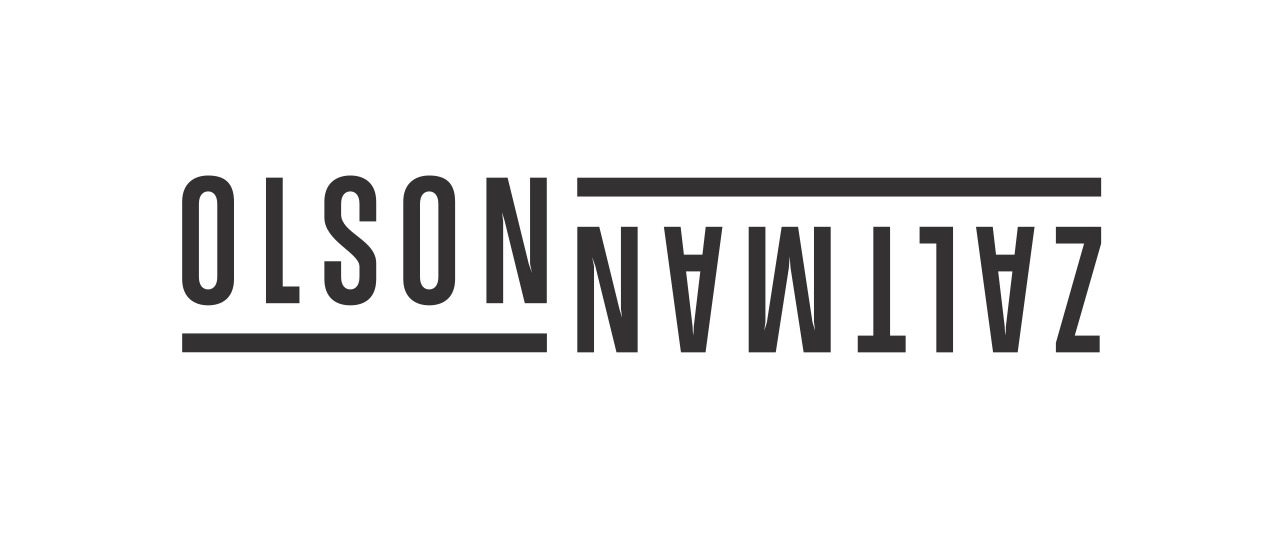Déjà New
Credit: William White / Unsplash
This column (“How Radical Ideas Go Mainstream”) about how feminism became broadly accepted by the US in the 1970s and ‘80s has implications not just for social marketing but also for marketing new products and innovations.
The author riffs on a study soon to be published in the American Journal of Sociology that argues people are willing to accept new ideas – sometimes even radical ideas – if they are framed as “consistent with existing values and supported by like-minded peers.” Specifically, the media is a huge driver of these beliefs.
The researchers reviewed coverage of the women’s liberation movement by women’s magazines in the 1970s. Those magazines had a tremendous reach in the US at that time. While mainstream papers like the New York Times tended to dismiss women’s liberation as a threat and those who supported it as being extremists, these magazines framed it as an issue relevant to even to the most mainstream American woman, which broadened acceptance.
This is similar to how TV framed gay characters, especially in the 1980s and 1990s, as everyday people on personal journeys, which over time broke down many stereotypes and barriers.
Although it is a different goal, marketing innovations requires a similar approach – making the unfamiliar seem familiar. Windows was accepted because it was easy – and it was easy, in part, because of the metaphor of a desktop. (Trash can, documents, libraries, files, folders, etc). The metaphor made that very unfamiliar piece of machinery sitting in front of you seem less intimidating.
ChatGPT makes AI seem easy and unintimidating for everyday users. Its interface isn’t much different than that of a search engine and the interaction feels somewhat like a conversation. Dungeons & Dragons has taken off in popularity, in part because of its increasingly widespread visibility in TV shows and movies and unexpected people like Vin Diesel and Judi Dench confessing their love for the game.
In short, the more a product or movement can feel “normal,” the more likely it is to catch on.

